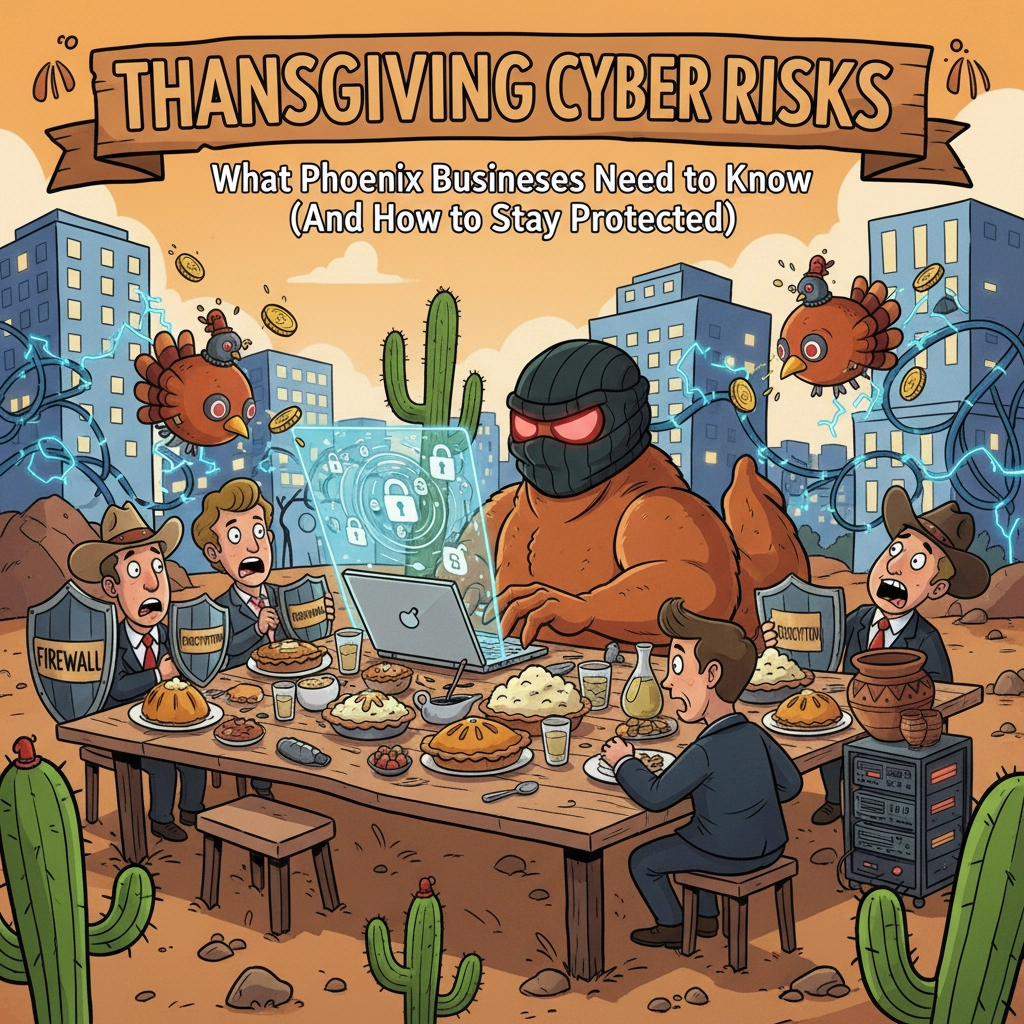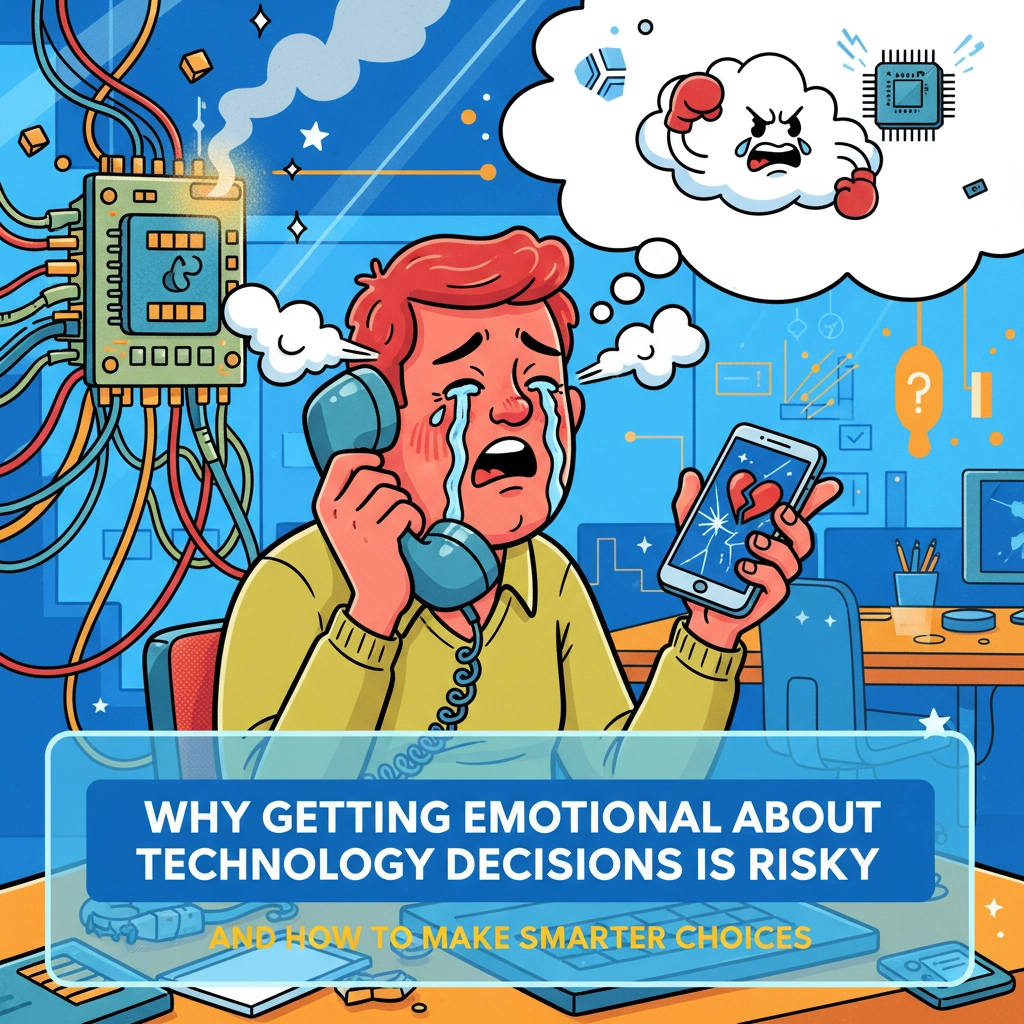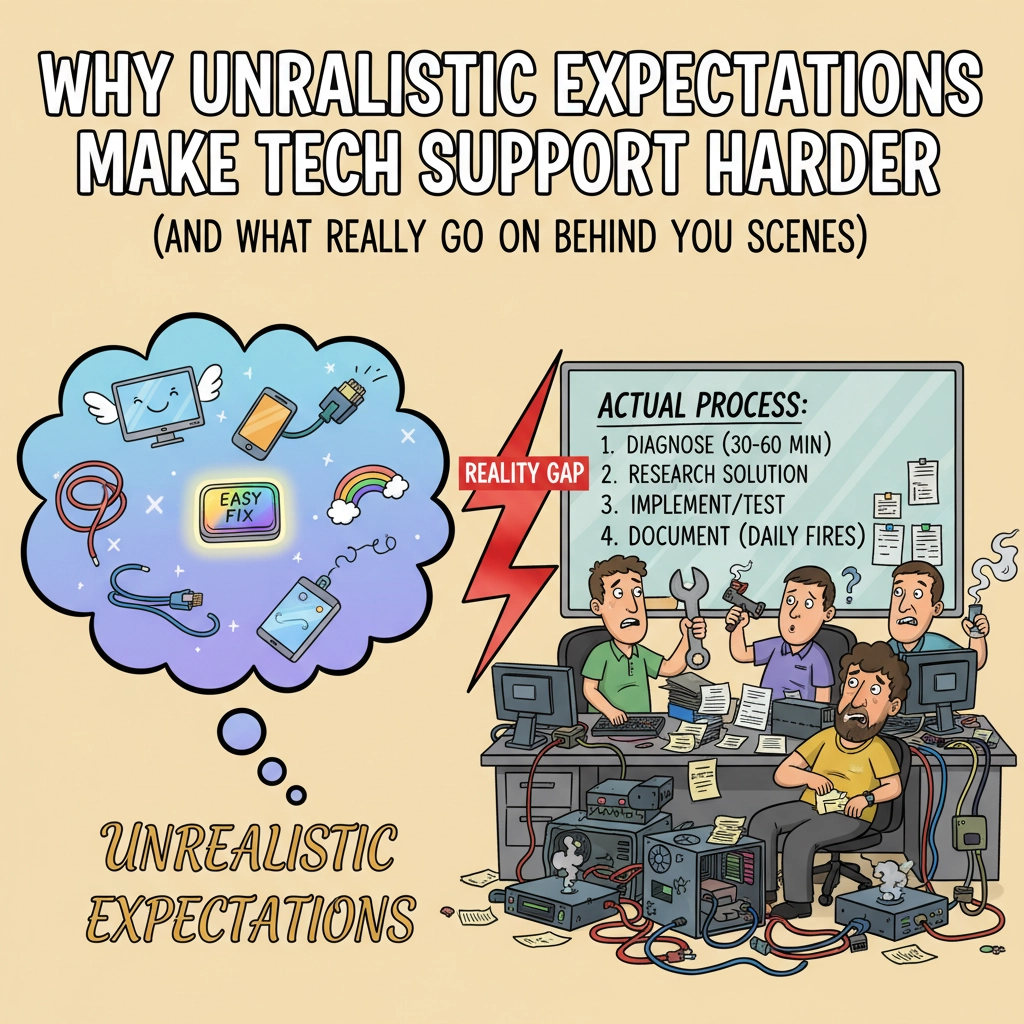Hungryroot markets itself as a convenient way to shop for groceries and meal kits tailored to your lifestyle. However, some critical aspects of its subscription model make it worth reconsidering. For those who value flexibility and transparency in their subscription services, Hungryroot has several glaring drawbacks that could result in unwanted charges, surprise deliveries, and frustration. Here are the top reasons to avoid Hungryroot:
1. Inability to Indefinitely Pause Your Subscription
One of the most significant limitations of Hungryroot is its lack of a true pause option. While many subscription services allow customers to pause their account indefinitely—ensuring no charges or deliveries occur until they choose to reactivate—Hungryroot only offers temporary pauses. Once the pause period ends, your account automatically unpauses, and deliveries resume.
This system can be problematic, especially if you’re not closely monitoring your account. If your subscription unpauses without your explicit action, you may find yourself with an unwanted box of groceries and a charge to your payment method, even if you didn’t plan to order.
2. Lack of Clear Notifications for Auto-Unpausing
When Hungryroot automatically unpauses your account, it does so without making it abundantly clear to users. While you may receive an email notification, these emails can easily be missed, overlooked, or end up in a spam folder. Without a bold, unmistakable warning, many customers only realize their account has resumed after receiving a delivery or seeing the charge on their statement. This lack of transparency can leave customers feeling blindsided and frustrated.
3. No Refunds or Returns for Unwanted Deliveries
If you receive a delivery you didn’t want—whether due to forgetting your account was unpaused or simply disliking the items sent—you’re stuck with the box. Unlike Amazon subscriptions, where unwanted or mistaken items can often be returned for a refund, Hungryroot doesn’t provide a way to send back a delivery and get your money back.
This inflexibility can make the service feel high-risk for customers who are on the fence or prefer a more hands-on approach to managing their subscriptions.
4. No Option to Approve Deliveries Before They’re Shipped
Hungryroot also lacks a critical feature that many subscription users appreciate: the ability to approve each delivery before it ships. With Hungryroot, there’s no option to require your action or approval for a delivery to proceed. Instead, the default is automatic—if you don’t proactively adjust your settings or skip a delivery, it goes out.
For those who prefer to have control over their orders and ensure each box meets their current needs, this setup is a major drawback. The absence of a manual approval process makes the service less flexible and increases the chances of receiving unwanted deliveries.
5. Limited Flexibility Compared to Competitors
Subscription services like Hungryroot are supposed to make life easier, but its rigid structure can do the opposite. Without the ability to pause indefinitely, clear unpause alerts, refunds for unwanted items, or a delivery approval option, the service forces users into a one-size-fits-all system. Competitors that offer these features allow for a more customizable and user-friendly experience, making Hungryroot feel outdated by comparison.
Conclusion: Is Hungryroot Worth It?
Hungryroot may appeal to those who don’t mind the lack of control over their subscriptions and are confident they’ll use every box they receive. However, for those who value flexibility, transparency, and the ability to avoid unwanted charges or deliveries, Hungryroot’s subscription model leaves much to be desired.
If you’re considering signing up, be prepared to stay vigilant about your subscription status and deliveries—or risk facing the frustration of surprise charges and meals you didn’t want. Until Hungryroot addresses these issues, you might find better options elsewhere.
Share this:
- Click to share on Facebook (Opens in new window) Facebook
- Click to share on Tumblr (Opens in new window) Tumblr
- Click to share on X (Opens in new window) X
- Click to share on Pocket (Opens in new window) Pocket
- Click to share on Pinterest (Opens in new window) Pinterest
- Click to share on LinkedIn (Opens in new window) LinkedIn




